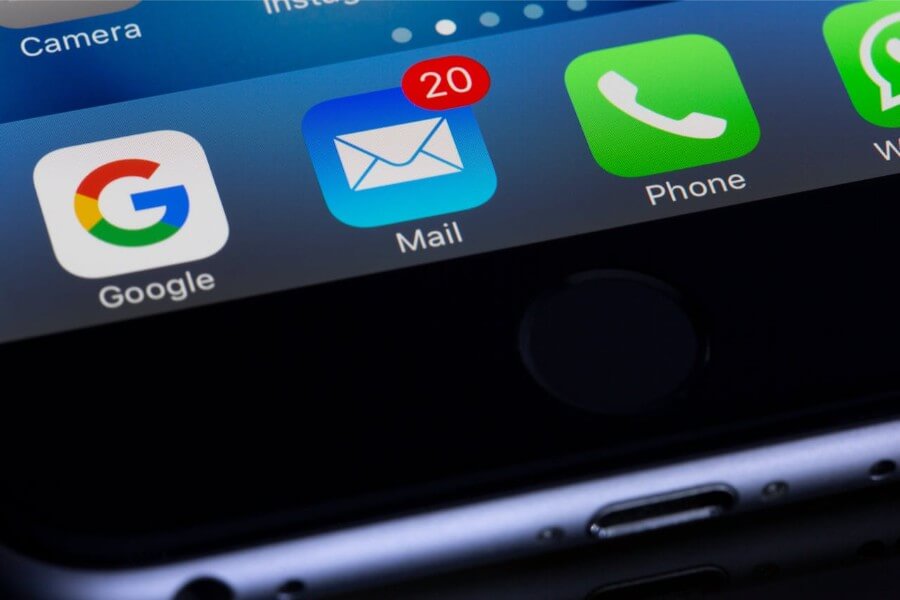
In the dynamic realm of digital marketing, email marketing campaigns stand as a testament to direct and personalized communication with audiences. Amidst the textual content that conveys your message, it’s the creative email marketing graphics that capture the essence of your brand, making your emails not just seen but felt and remembered. This expanded guide delves deeper into crafting quick and creative graphics for your email marketing, ensuring that your messages not only reach the inbox but resonate with the readers.
The Crucial Role of Email Marketing Graphics
Graphics are the heartbeat of your email marketing efforts, providing a visual stimulus that can significantly impact engagement and conversion rates. They transform mundane text into a compelling narrative, guiding the reader through the email in an intuitive flow. The strategic use of visuals can amplify the perceived value of the content, making complex information more accessible and enjoyable. From brand logos and product photos to custom illustrations and infographics, each graphic element plays a pivotal role in storytelling and audience connection.
Why Graphics Matter
- Rapid Information Processing: Visuals are processed much faster by the human brain than text, making graphics a swift conveyer of your message.
- Increased Engagement: An attractive graphic can be the difference between an opened email and one lost in the abyss of the inbox. Ensuring your graphics are engaging can help maintain a positive sender reputation , crucial for email deliverability.
- Emotional Connection: Images evoke emotions, creating a deeper connection with your audience that words alone cannot achieve.
- Brand Identity Reinforcement: Consistently styled graphics across your emails strengthen brand recognition and loyalty.
Designing Effective Email Graphics: Expanded Tips
Creating effective email graphics isn’t just about aesthetics; it’s about communication and engagement. Here are detailed strategies to elevate your email visuals:
- Simplicity is Key: Opt for clean, uncluttered designs that focus on the core message. A minimalist approach often yields the highest engagement.
- Maintain Brand Consistency: Use brand colors, fonts, and imagery consistently to build a familiar visual language that your audience will recognize instantly.
- Optimize for All Devices: Given the prevalence of mobile device usage, ensure your graphics look flawless on any screen size.
- Quality Over Quantity: Use high-resolution images that reflect the professionalism of your brand. Pixelated images can significantly harm your credibility.
- Inclusive Design Practices: Incorporate alt text for all images, ensuring those with visual impairments can still understand your email’s content.
Tools and Technologies for Crafting Email Graphics
Leveraging the right tools can significantly streamline the creation of email graphics. Here’s an expanded look at some top options:
- Canva: With its intuitive drag-and-drop interface and extensive library of templates, Canva democratizes design, enabling marketers to create custom email graphics with ease.
- Adobe Spark: Spark offers versatility with its ability to create not just graphics but web pages and video stories, offering a rich palette for your email campaigns.
- Piktochart: Specializing in infographics, Piktochart can help present data or complex information in an engaging, easily digestible format within your emails.
Step-by-Step Creation Guide
- Goal Setting: Clearly define what you want your email to achieve. This clarity will direct your graphic design process.
- Tool Selection: Choose a design tool that aligns with your design skills and the complexity of your desired graphics.
- Template Customization: Start with a template that matches your email’s purpose. Adjust the layout, colors, and fonts to align with your brand.
- Content Integration: Incorporate your content, paying special attention to how text and imagery complement each other. Keep the message clear and direct.
- Iterative Design: Seek feedback and be prepared to iterate. Different perspectives can uncover opportunities to refine your graphics.
- Device Testing: Ensure your graphic maintains its integrity across various devices and email clients, adjusting as necessary for optimization.
Best Practices for Implementing Graphics in Emails
Incorporating graphics into your email marketing strategy is an art that, when mastered, can significantly enhance your engagement metrics. Here are some best practices to guide your implementation:
- Find the Perfect Balance: Strive for a harmonious balance between text and visuals. Your graphics should support and enhance the text, not overshadow it.
- Mind the Image-to-Text Ratio: To avoid being flagged as spam, ensure a healthy balance between images and text. Including a plain text version of your email is also a wise practice.
- Optimize Image Sizes: Large images can slow down email load times, potentially harming user experience. Compress images to reduce file size without compromising quality.
- Leverage Analytics: Utilize email analytics to measure the impact of your graphics on engagement rates. Experiment with different types of visuals to see what resonates best with your audience.
Creating captivating email marketing graphics goes beyond mere decoration; it’s about making a statement, telling a story, and engaging your audience in a dialogue that extends beyond words. By applying these expanded insights and strategies, you’re not just sending emails; you’re crafting experiences that captivate, inspire, and convert. Generating email graphics at scale can also be an option thanks to marketing automation techniques.